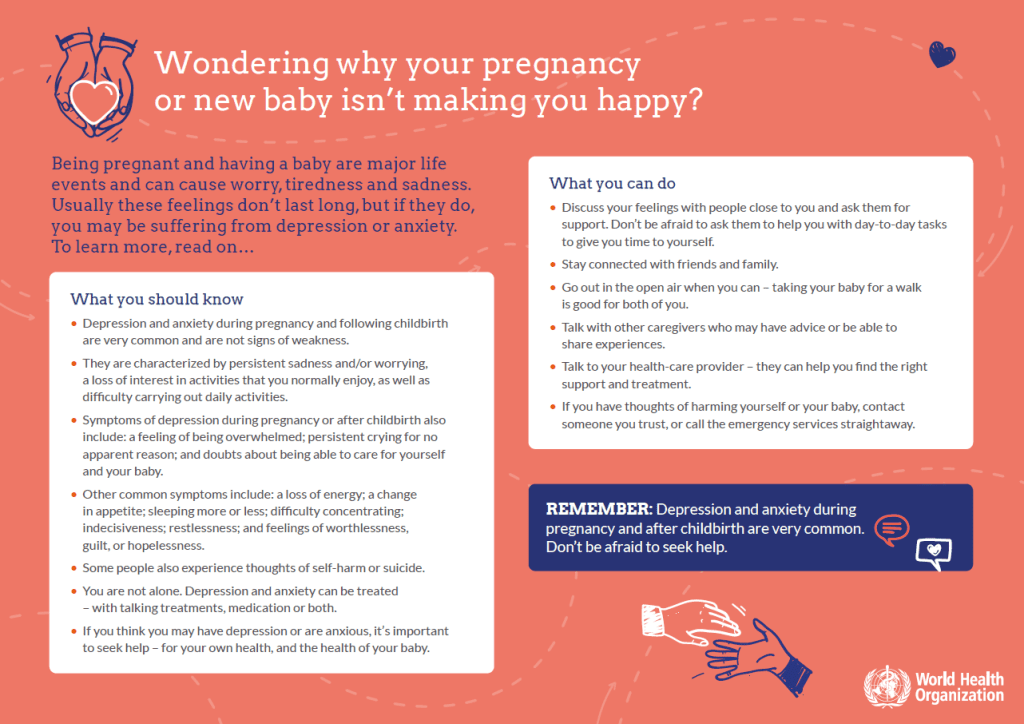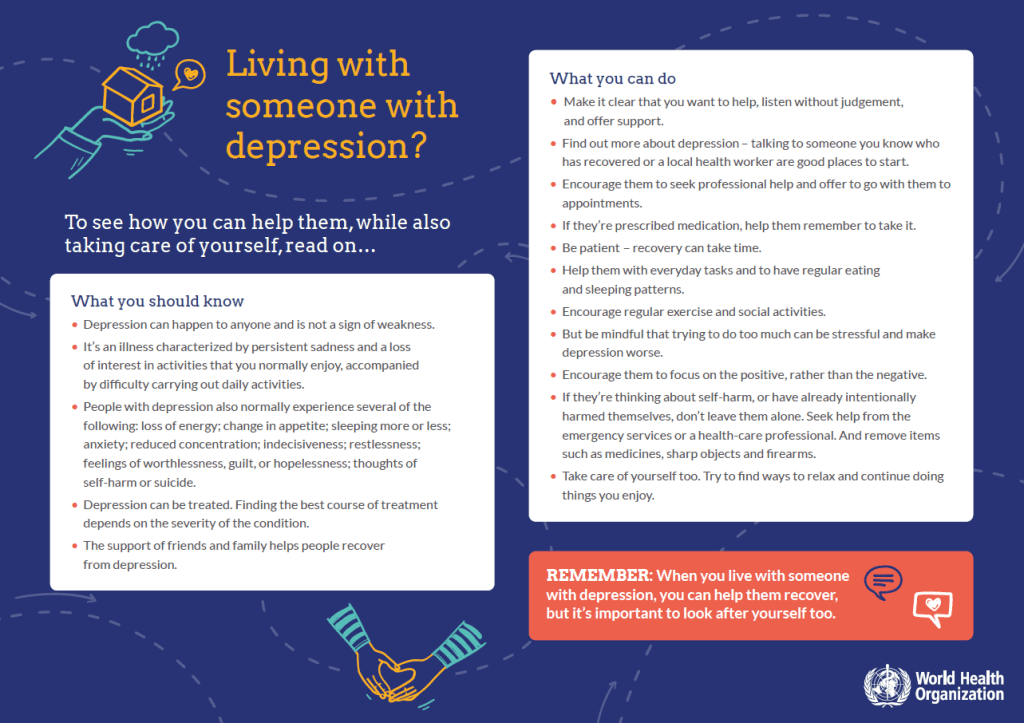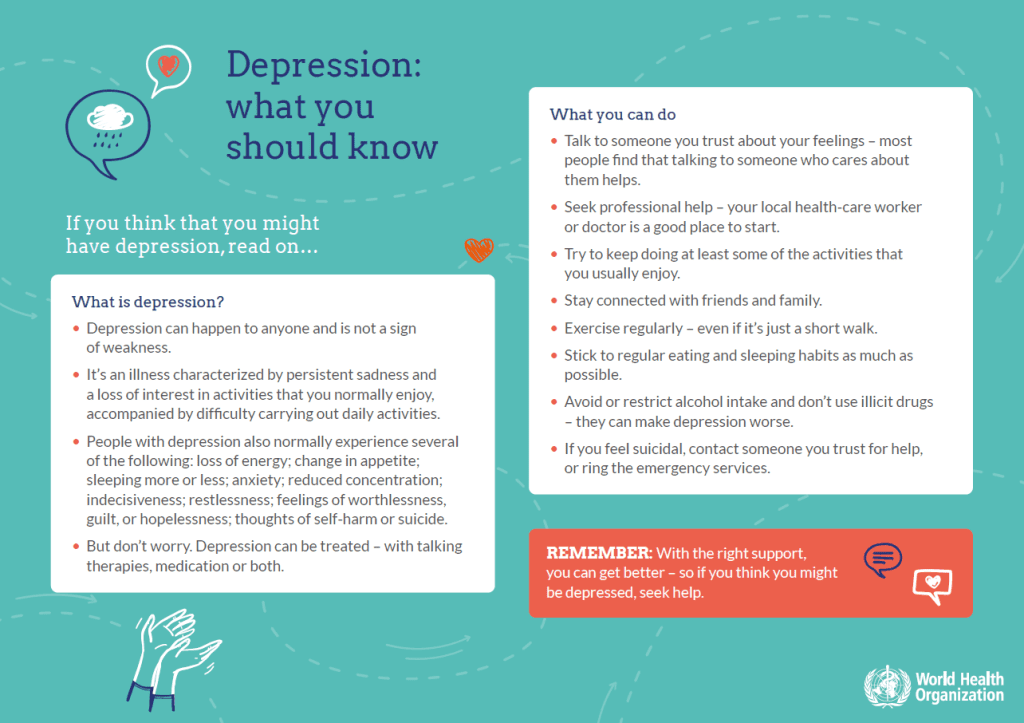Our environment plays a major role in our mental health and wellbeing on a daily basis. The effects that it has upon us isn’t always immediately noticeable, however, they do make incremental impacts over a period of time. As such, architects can use design elements and construction to create environments that convey a feeling of comfort and security. The importance of architectural design on mental health can largely be seen in commercial environments, such as workspaces, but also in residential and larger urban spaces too.
With an increased awareness of how our surroundings can impact health and productivity, and its potential to cut healthcare costs and help businesses flourish, companies are focusing their attention on how to use architecture for mental health and wellbeing. Well-designed spaces that maximise the use and performance of the area will have a much greater return on investment when you consider the long-term effects the space has on your mental health and wellbeing. This applies to both residential projects and commercial projects. Additionally, offices have constantly evolved to meet and pre-empt changes in how we work, and there is now a huge incentive for companies to invest in architecture for mental health and wellbeing, including alleviating turnover and recruitment costs.
Buildings and urban spaces designed to make us happier and healthier can be costly. However, the role of the architect is to create a well-designed space that pays careful consideration to mental health and holistic wellness, offering you a greater return on investment.
Good design should take into consideration how the space is used, adding value to the area, the introduction of plants, relaxation pods, productivity zones and spaces that are isolated to create privacy. A good amount of space planning and zoning is required when factoring in mental health and wellbeing to the space, and special consideration must be taken into account to accommodate common mental health and behavioural conditions. Some of these conditions include claustrophobia, socially introverted individuals, people who may have light sensitivity conditions, as well as people who require more air circulating within a certain amount of space to alleviate breathing and other concerns.
Other factors include a deeper understanding of how much light is in the room, temperature control, ambient and active noise and waypoints to direct traffic within specific areas. These design and functional elements can aid the inhabitants of a space in getting the best use of the area possible and help to reinforce positive mental health.









A recent study conducted by the National Library of Medicine in the US sought to “perform a systematic study about the contribution of architecture and interior design researchers in studying the effect of physical environments on mental disorders.” The study unpacked how mental conditions can be triggered by physical environment design over a specified length of time as inhabitants used the space. The team of cross-disciplinary researchers gathered information from a variety of sources and literature collated between 2008 and 2020.
The study found that “general environment” (such as public spaces) followed by “housing facility design” was the most assessed physical environments for mental disorders; and concluded that architectural studies should focus more on improving or preventing the symptoms of all types of mental disorders through the design of physical environments. It, therefore, puts a large sense of responsibility on architects, interior designers, associates within the construction industry and space planning sectors to understand, and design, spaces that factor in preventative measures and include constructive elements when designing a variety of spaces.
October marks World Mental Health Awareness Month, and 10th October has been specifically marked as World Mental Health Day by the World Health Organisation. As architects and experts, Draw Plan supports the initiative followed by industry professionals to create spaces that support positive mental health and wellbeing, as we continue to design spaces that support holistic health and wellness.



